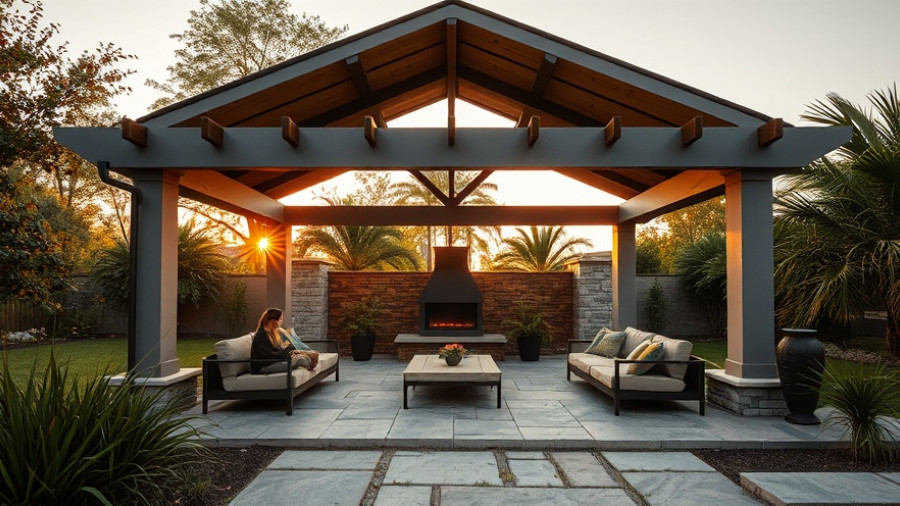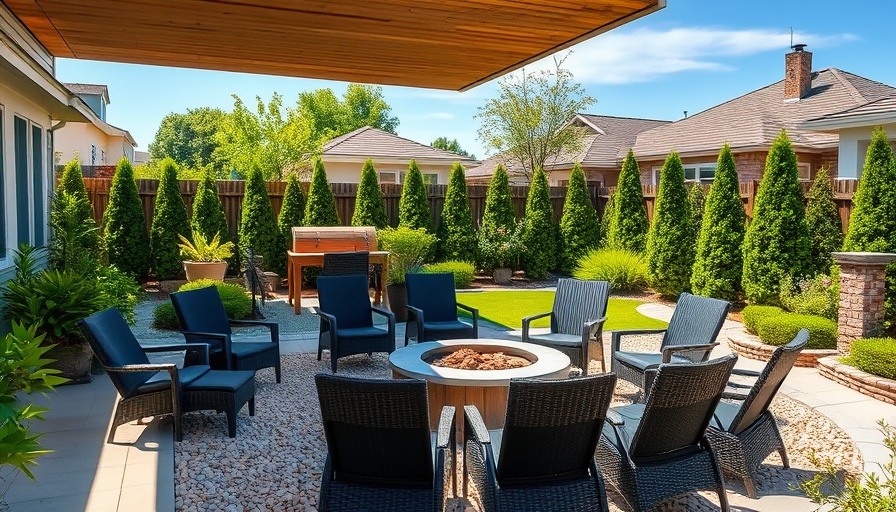
The Joy of Outdoor Cooking: What You'll Need
As the warmer months roll in, many California homeowners are turning their attention outdoors, eager to maximize their backyard space. Outdoor kitchens have become all the rage, and for good reason. Not only do they provide a beautiful setting for entertaining, but they also elevate cooking experiences. In this article, we'll delve into the essentials of outdoor kitchen appliances, exploring what gets our culinary engines running and the features that are must-haves for anyone looking to create a mini kitchen paradise right in their backyard.
Functional yet Stylish: Choosing Coyote Appliances
When selecting the right appliances for an outdoor kitchen, functionality and aesthetics go hand in hand. Coyote Appliances, with their sleek stainless steel designs and thoughtful features, stand out as a top choice for those who prioritize both style and utility. Their kitchen offerings are designed to endure California's sunny, coastal climate, ensuring your investment remains pristine. With customizable options and a plethora of sizes, it's no wonder many are choosing Coyote as their go-to brand.
Maximizing Convenience with Smart Design
The beauty of modern outdoor kitchens is their ability to simplify the hosting experience. Imagine hosting friends and family, where all your condiments, marinades, and utensils are within easy reach. A well-placed refrigerator can dramatically decrease your time in the kitchen while keeping your ingredients fresh. Moreover, features like adjustable shelves allow you to organize everything from drinks to salads without a hitch. A dedicated dry pantry or storage drawers is another game-changer, allowing for ample organization and quick access to your favorite BBQ essentials—less time searching and more time enjoying!
The Emotional Connection of Outdoor Cooking
Outdoor cooking is not just about the food; it's about the moments created around it. Each meal cooked on your outdoor grill becomes a memory, whether it's a family gathering, a romantic date, or a casual get-together with friends. The experiences shared outdoors tend to foster deeper connections, and as we condenseify our backyard kitchens, we open the door to even more of these shared joys. The pride of serving friends grilled masterpieces—like a succulent smash burger or freshly skewered kebabs—is unmatched. It's in these moments that we appreciate what true home means.
Thoughtful Choices: What's Worth Your Investment?
When setting up your outdoor kitchen, it's crucial to consider where to splurge and where you can save. For those who value frequent use over novelty items, focusing on high-quality essentials—such as a robust grill, efficient fridge, and ample storage—will prove to be wise investments. On the contrary, items that may only see the light of day once a year, like a pizza oven, are likely better left out of the mix. By making thoughtful choices, you are not only saving space but also ensuring ease of use.
How to Create Outdoor Spaces for Everyone
As our outdoor spaces evolve, addressing diverse needs becomes paramount. Consideration for all family members—or guests—is essential. For instance, seating arrangements should cater to everyone, from young children to grandparents. When designing your outdoor kitchen, also think about accessibility. Making sure guests feel comfortable and included enhances the overall experience; everyone should feel welcome when enjoying a meal together outdoors.
Conclusion: Your Outdoor Kitchen Awaits!
With a little bit of planning and the right appliances, your outdoor kitchen can be transformed into an inviting culinary playground. Ready to dive into your outdoor cooking adventure? Imagine the joy of meals prepared right outside your door—a true celebration of California's beautiful weather and outdoor lifestyle!
As you embark on this journey, don't forget to remain open to adjustments! What Brian and I may not have agreed on initially turned out to guide us toward our perfect kitchen solution. Dive in, experiment, and enjoy the embrace of outdoor cooking!
 Add Row
Add Row  Add
Add 




Write A Comment